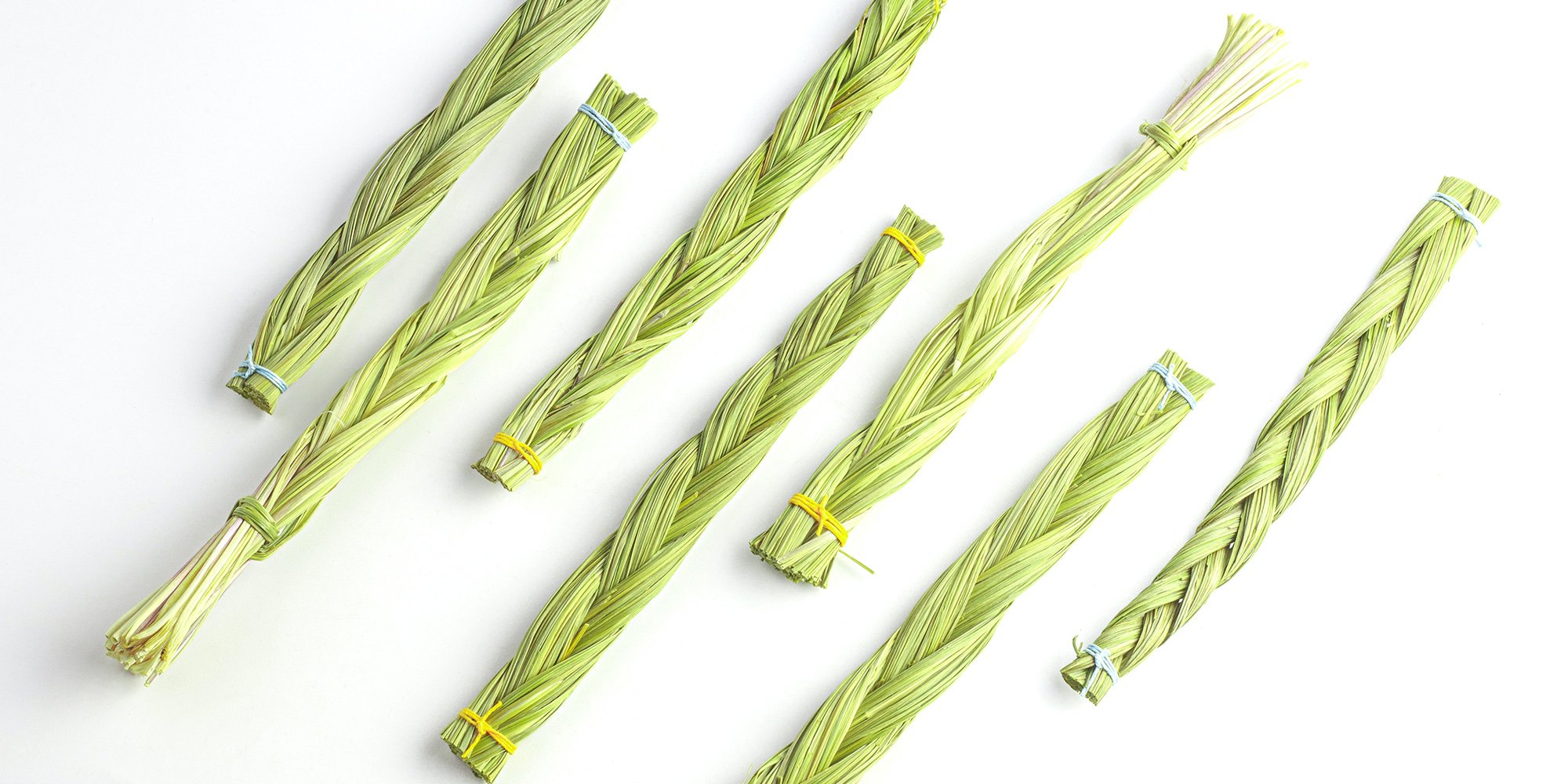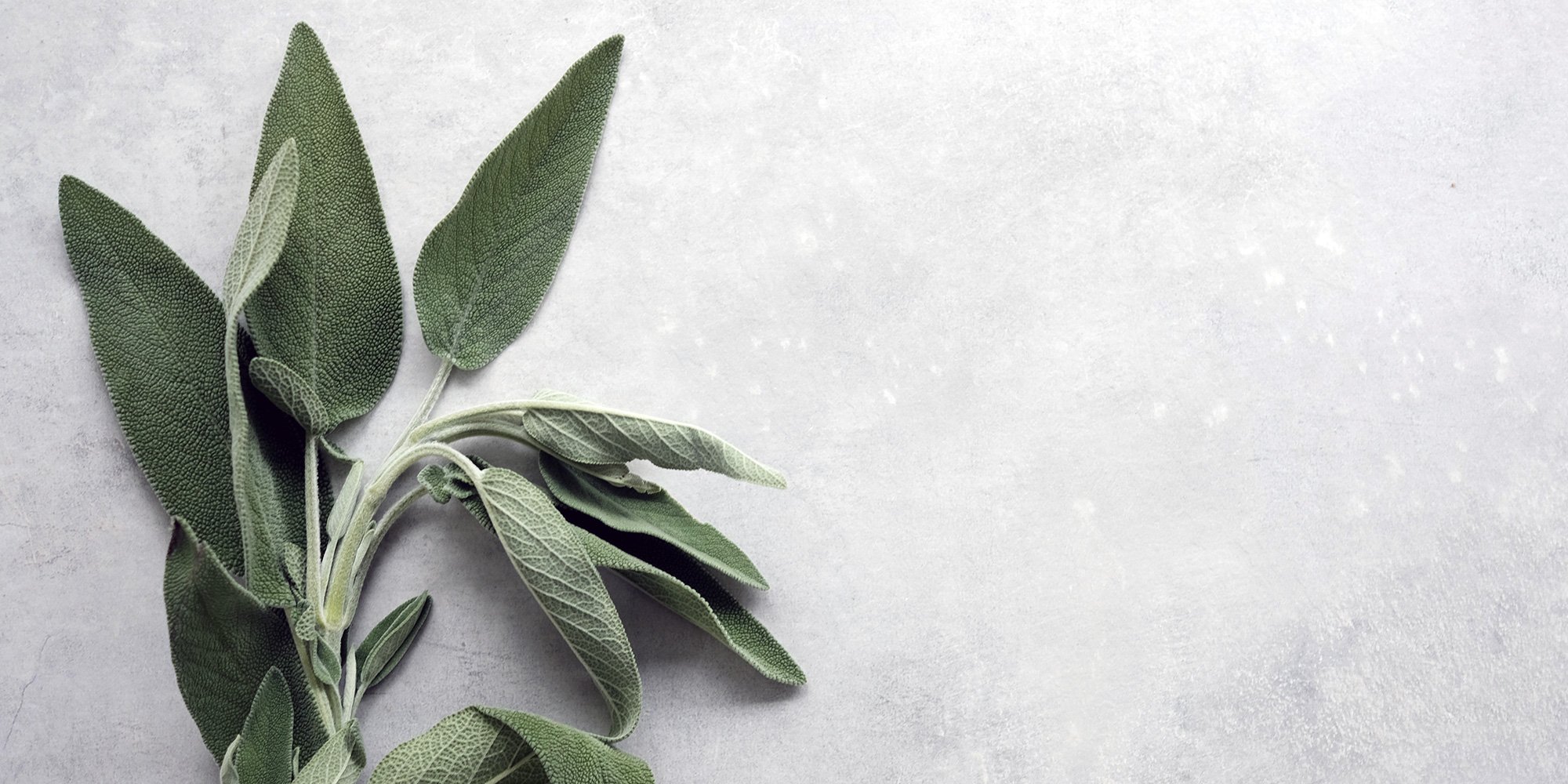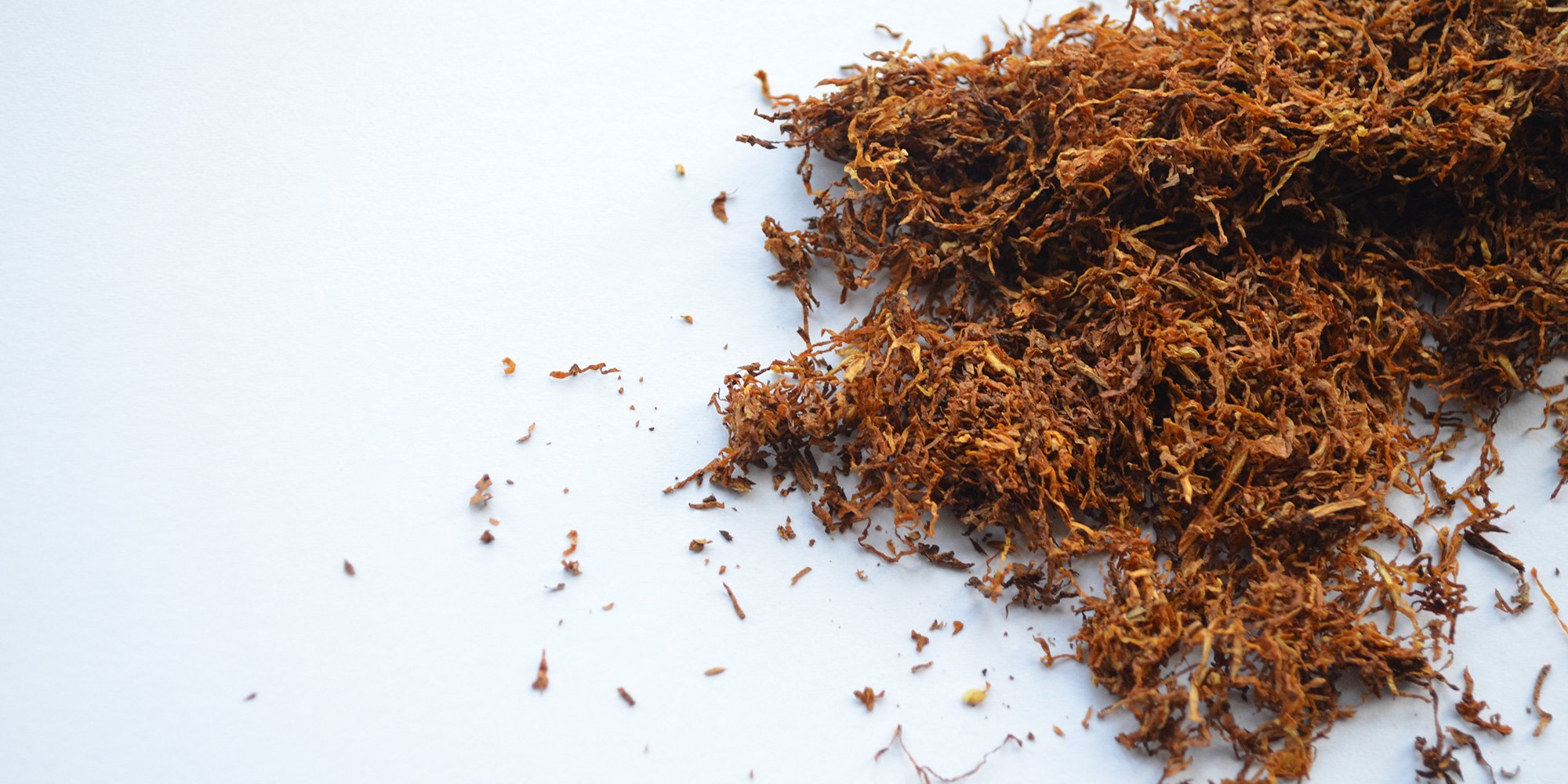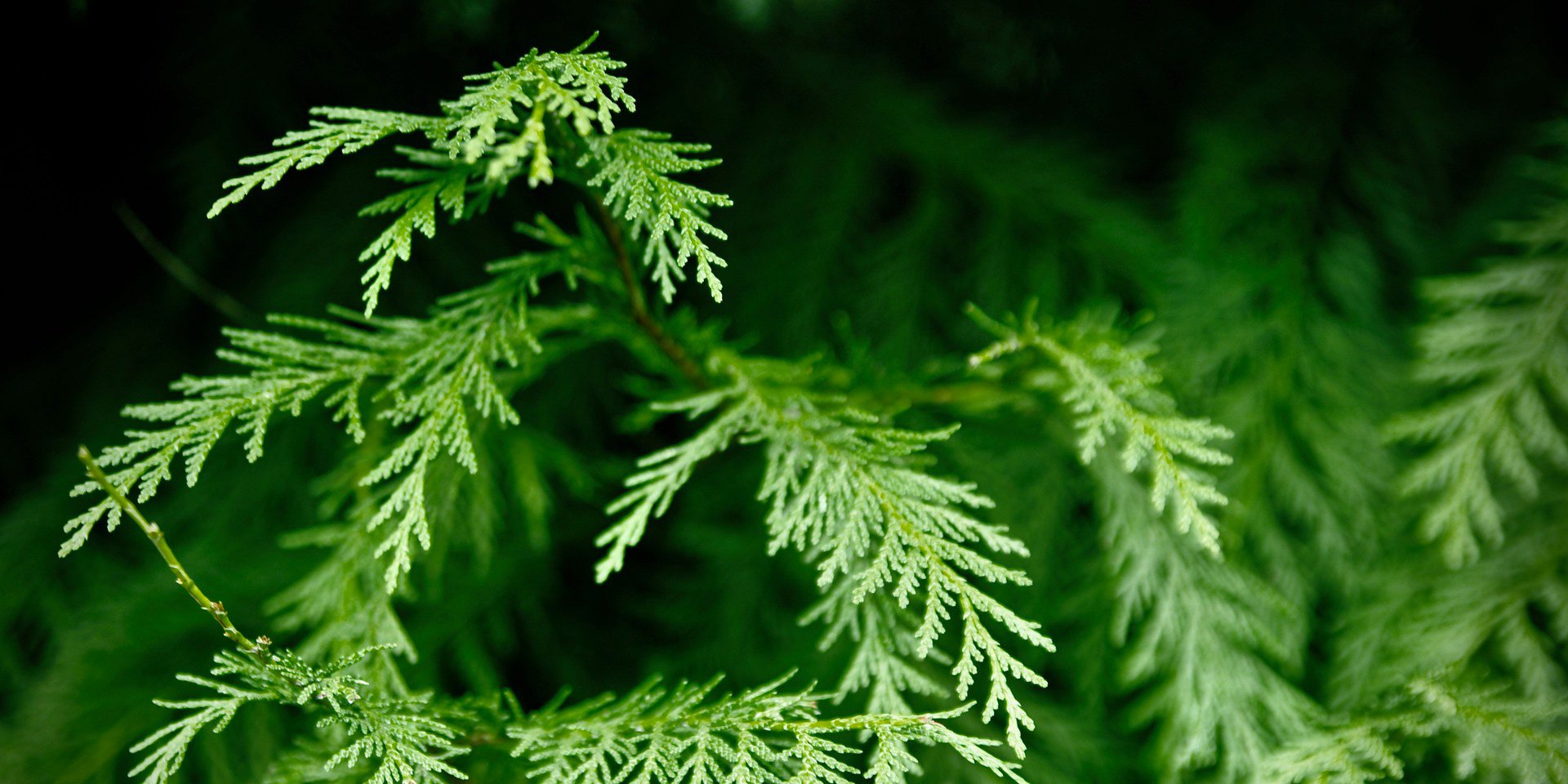Indigenous Sacred Plants: Sage
This is the last in our series on Indigenous sacred plants. Sage, along with sweetgrass, red cedar and tobacco, is one of the four plants considered...

Sweetgrass is one of the four plants (tobacco, sage, red cedar and sweetgrass) considered sacred to Indigenous, Inuit and Métis Peoples. It is known for its sweet scent, which is intensified when it rains or when burned. It is usually associated with the Prairies but is found in many different growing conditions from low meadows, and forest openings, along lake shores but also in subalpine and alpine zones. It is found across North America, Northern Europe below the Arctic Circle.
The best time to harvest it is late June to early July; never pick by pulling the stems as this will damage the root system - the best way to harvest is to cut the strands low to the ground. Taking more than needed is not acceptable, nor is damaging the clump during harvest. The best way to dry it is to lay it out in the sun for about six hours. Once it is thoroughly dried it can be used for braiding, basket making and ceremonial uses.
Sweetgrass has slightly different significance in different communities. To the Anishinaabe Nation (Woodland Indians), it is believed to be the sacred hair of O’gushnan, Mother Earth, and is often braided; with the three sections representing mind, body, and soul. Some First Nations believe the three sections of the braid represent love, kindness and honesty.
The Anishinaabe People follow very sacred traditions and believe that when one takes something from the Earth - for example when sweetgrass is picked - then an explanation to the spirit about why it is being picked and how it will be used is required. The explanation is often accompanied by an offering of tobacco in return for the generosity shown by the Earth and the plant which shared itself.
Sweetgrass is used in smudges, healing or talking circles because it has a healing effect - its smoke is believed to purify thoughts and the environment and eliminate bad or negative thoughts.

This is the last in our series on Indigenous sacred plants. Sage, along with sweetgrass, red cedar and tobacco, is one of the four plants considered...

Tobacco, one of the four (sweetgrass, sage and red cedar being the other three) sacred plants of Indigenous Peoples has a very long history and a...

Sacred Red Cedar, along with sweetgrass, sage and tobacco, is one of the Indigenous sacred plants used by Indigenous and Métis Peoples (cedar does...